The New 7 Wonders of the World include Great Wall of China, Machu Picchu of Peru, Christ the Redeemer of Brazil, Chichen Itza of Mexico, Petra of Jordan, Taj Mahal of Agra, India, and Colosseum of Rome, Italy.
In ancient times, people talked about Seven Wonders. Philo of Byzantium called them "must-see" in his work, "The Seven Wonders." He listed seven places, later called the Ancient Seven Wonders. Sadly, most were lost, and only The Great Pyramid of Giza remains.
This led to a search for new Seven Wonders, a tough task due to many global marvels. Despite the challenge, the chosen wonders attract millions, showing how hard it is to pick seven from our rich culture.
A Swiss company picked 21 finalists from 200 monuments for the New Seven Wonders. They announced winners on July 7, 2007, in Lisbon, based on votes.
Including The Great Pyramid of Giza upset Egyptians. To honor its history, it got an honorary spot in the New Seven Wonders list. The New7Wonders campaign (2000-2007) showed unique creations.
Hence, the ancient Seven Wonders were Colossus of Rhodes, Great Pyramid of Giza, Hanging Gardens of Babylon, Lighthouse of Alexandria, Mausoleum at Halicarnassus, Statue of Zeus at Olympia, and Temple of Artemis at Ephesus. (Source: Wikipedia).
New 7 Wonders of the World:
These are the new 7 wonders of the world:
1. Great Wall of China:
Great Wall was constructed till 1600 B.C. Several walls were built as early as in 7th century B.C. which is located in Northern China and is more than 13000 miles in length altogether. Moreover, it was actually built to protect the Chinese Empire from Mongols.

The Great Wall of China, said to be so magnificent that it is visible even from space, stands as one of the major global tourist hotspots due to its unparalleled popularity. Nonetheless, its fascinating feature lies in its purpose — built to defend China from Mongolian invasions.
Chinese empires initially built a series of walls. Later, various states continued this work over many years.
Moreover, its construction began around the 7th century BCE. This site earned a spot on UNESCO's World Heritage list in 1987, with the majority of the walls built during the Ming Dynasty (1368-1644).
However, the most famous among these walls is the one built under the reign of Emperor Qin Shi Huang around 220 and 206 BCE.
But unfortunately, only the ruins of this wall remain today. As mentioned earlier, the purpose of constructing this wall was for defensive reasons.
The presence of watchtowers, garrison stations, troop barracks, signaling methods points towards the defensive characteristics of the Chinese wonder.
Additionally, it allowed Chinese emperors to control and monitor cross-border trade, regulate immigration and emigration, and impose duties on valuable goods transported along the Silk Road.
2. Machu Picchu of Peru:
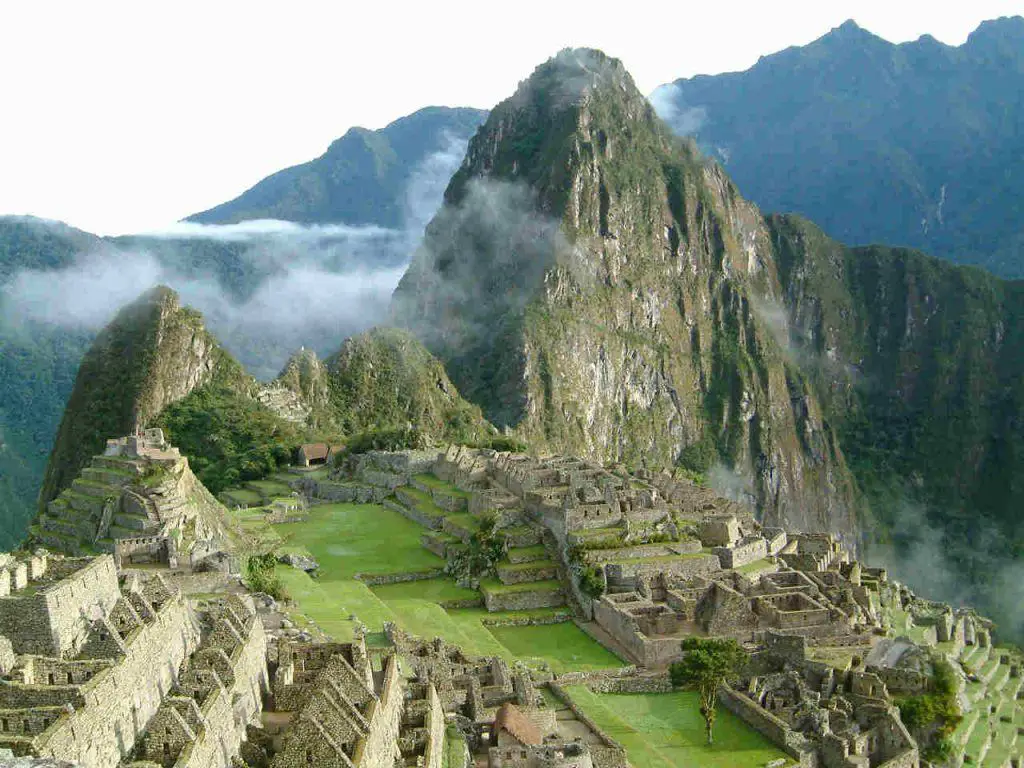
The ancient city of Machu Picchu, also recognized as the Lost City of the Incas, was constructed without mortar using large stones in 1450 CE. Hence, it is located in the Cuzco Region of Peru. The Incas later abandoned it, and the reason for abandonment remains unknown. Hiram Bingham rediscovered it in 1911.
The Machu Picchu remained unknown for many years. However, the credit to bring it in front of the world is goes of American explorer Hiram Bingham. According to the archeologists, the Inca emperor built Machu Picchu as an estate. The date of around which it was built is estimated around 1450 CE.
After the Spanish conquest, people left this site, and we still don't know why. This site represents the style and living of the Inca way of life. Additionally, the 3 significant structures on the site are the Sun temple, the Inti Watana and the Room of the three windows. This site is also got a place in the Heritage list of UNESCO as well as on the 7 Wonders of the World.
3. Christ the Redeemer of Brazil:
This Statue was completed in 1931 CE which is almost 125 ft. tall located in Corcovado Mountain, Rio de Janiero.
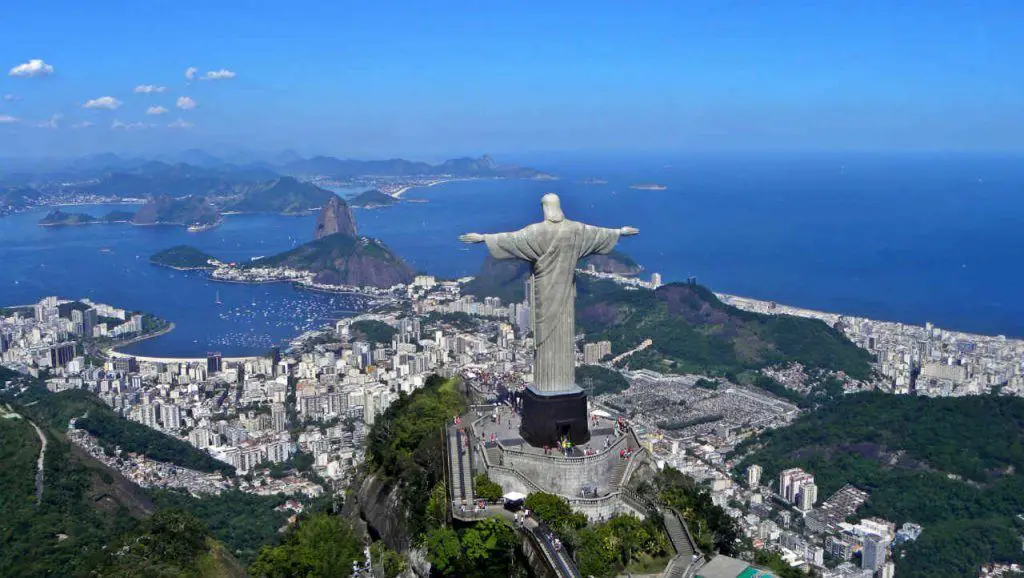
It is not just a symbol of Christianity but also the symbol of faith towards God. The Art Deco Styled Statue of Jesus Christ in Rio de Janeiro is one of the 7 Wonders of the World. It represents the belief of millions of people around the world and also the culture of Brazil.
The statue construction began in 1992 CE and finished in 1931 CE. Romanian sculptor Gheorghe Leonida crafted the face, and engineers Costa and Caquot built the statue. The structure is about 98 feet tall, excluding the 26-foot pedestal.
The statue has stretched arms and is 92 feet wide. Made of soapstone and concrete, it sits atop the 2300-foot tall Corcovado mountain, weighing around 635 metric tons.
4. Chichen Itza of Mexico:
In Mexico's Yucatan State, the Mayan civilization is believed to have built this archaeological site during the Terminal Classic period. It's a pre-Columbian city and has earned recognition as one of the 7 Wonders of the World due to its historical importance. The constructions display different architectural styles and are thought to have been among the major cities in the Mayan era.
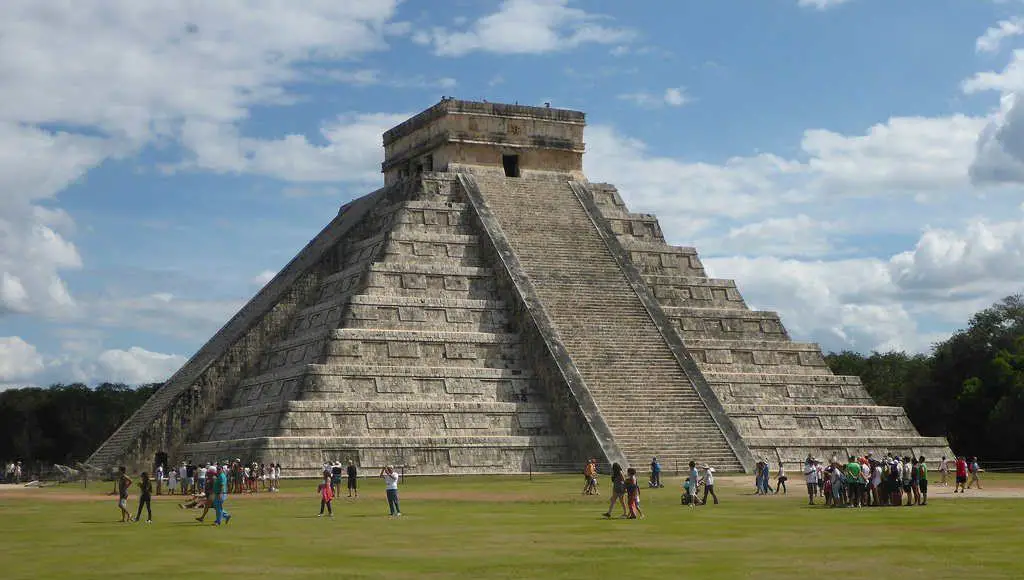
5. Petra of Jordan:
Petra was built in 312 BCE. It is located in southwestern part, comprising desert, of Jordan. It was later the capital of the Nabataean empire. Artistic stones carved with marvelous structures, El Deir Monastery, 4,000 seat Amphitheatre are some of the major highlights of the site.

Petra, nicknamed the "Rose City," gets its name from the color of the stone it's carved from. Situated on the slope of Jebel al-Madhabah, some believe it to be the biblical Mount Hor.
6. Taj Mahal of Agra, India:
Taj Mahal was built by India’s Mughal Emperor Shan Jahan after his wife Arjumand Banu Begum (Mumtaz) died. In her memory, Shan Jahan created this Mausoleum in Agra, Uttar Pradesh. Built from white marble, Taj Mahal is a perfect assembly of art and architecture style.
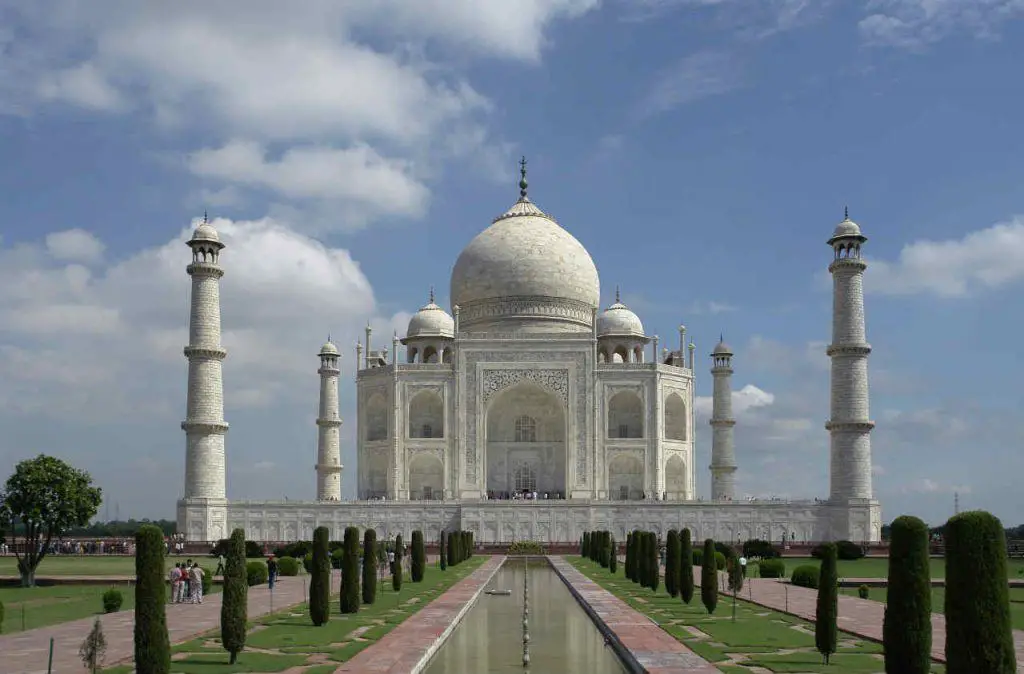
Shah Jahan, the Mughal Emperor, began building this marvelous structure in 1632 CE to house the tomb of his beloved wife, Mumtaz Mahal. Hence, people believe that the construction was finished in 1653 CE, costing around 32 million rupees. In 2015, a comparison of costs revealed striking findings.
It would be approximate equals to 52.8billion rupees (US$827million). The court architect to the emperor, Ustad Ahmad Lahari, managed the mammoth task of completing the project. Taj Mahal was designated as a World Heritage site by UNESCO in 1983.
7. Colosseum of Rome, Italy:
Rising at 157 feet tall and completed in 80 CE, the Colosseum is located in Rome. This iconic structure hosted a variety of events, from battle reenactments and animal hunts to executions and other gladiatorial spectacles.
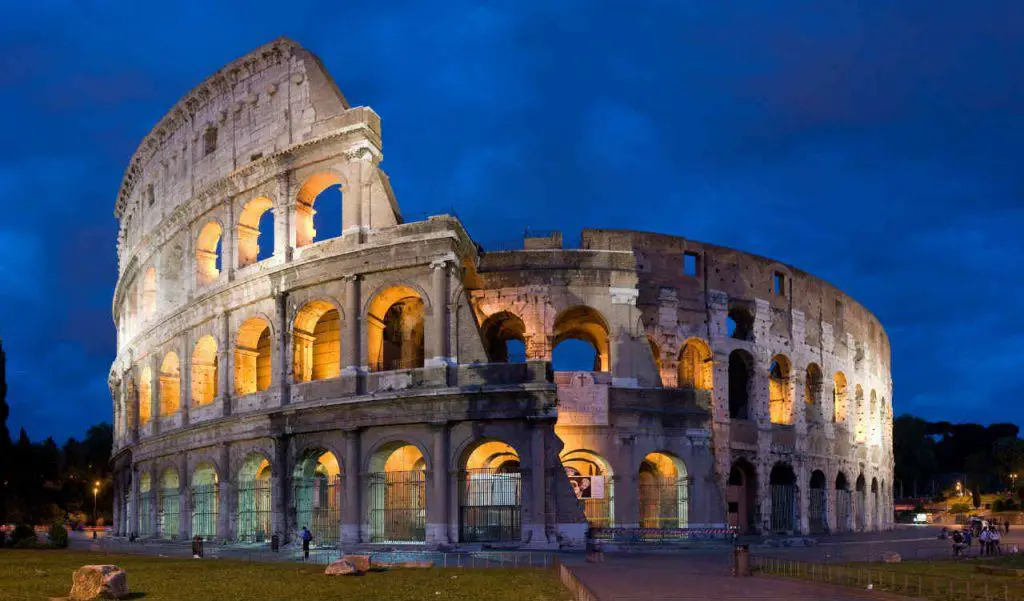
Known as the Flavian Amphitheater, the Colosseum is an oval-shaped marvel in the center of Rome, Italy. Built with sand and concrete, this architectural wonder can hold around 80,000 spectators.
Initiated by Emperor Vespasian in 72 CE and completed by his successor Titus in 80 CE, the Colosseum is the world's largest amphitheater. The arena hosted numerous events, including gladiator fights, mock sea battles, animal hunts, famous battle re-enactments, mythological dramas, and executions.
Surprised to know why the Great Pyramid of Giza is not in the list of New 7 Wonders of the World?
Well, if you search "What are the Eight Wonders of the World" instead of "What are the 7 Wonders of the World", then you can also find the Great Pyramid of Giza.
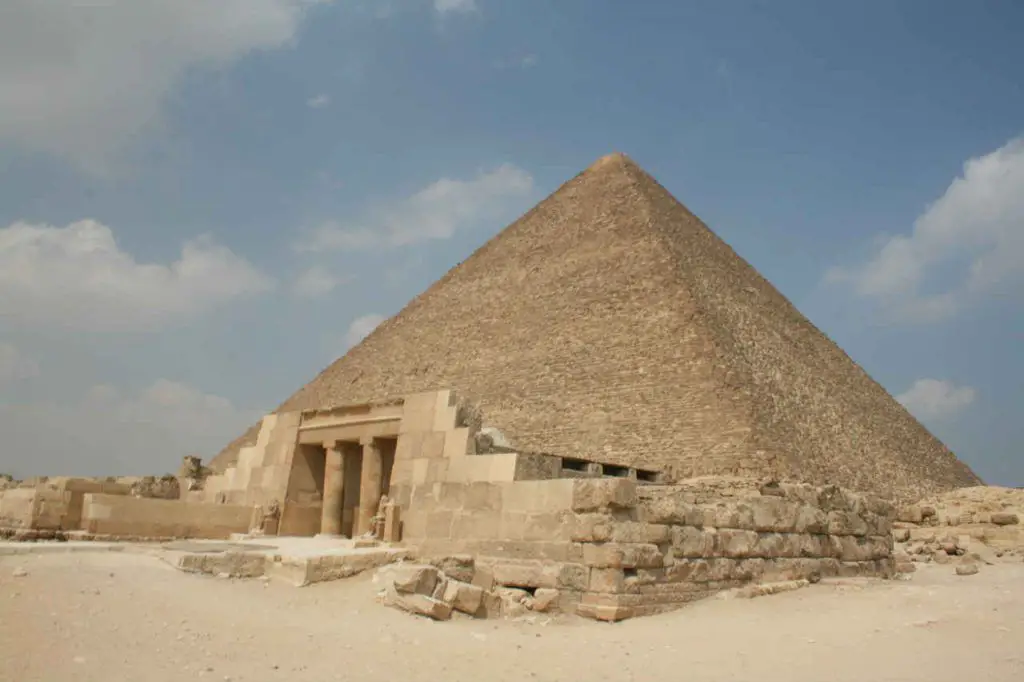
Completed in 2560 BC, the Great Pyramid of Giza in Egypt is the oldest and largest among the three pyramids in Giza. It earned an honorary spot among the Wonders of the World. Therefore, if we include the Great Pyramid of Giza, we can say there are eight Wonders of the modern world.
Would you like to discover the 7 Wonders of the Ancient World? If so, then you can click >HERE<
Well, you can find out more general knowledge stuffs like this one within our “General Knowledge” category by clicking >HERE< or you can find the lots of interesting articles under various categories by navigating our website through our home page by clicking >HERE<
Do you want to say something about New 7 Wonders of the World? If so, then please feel free to leave your comment below.


Leave a Reply